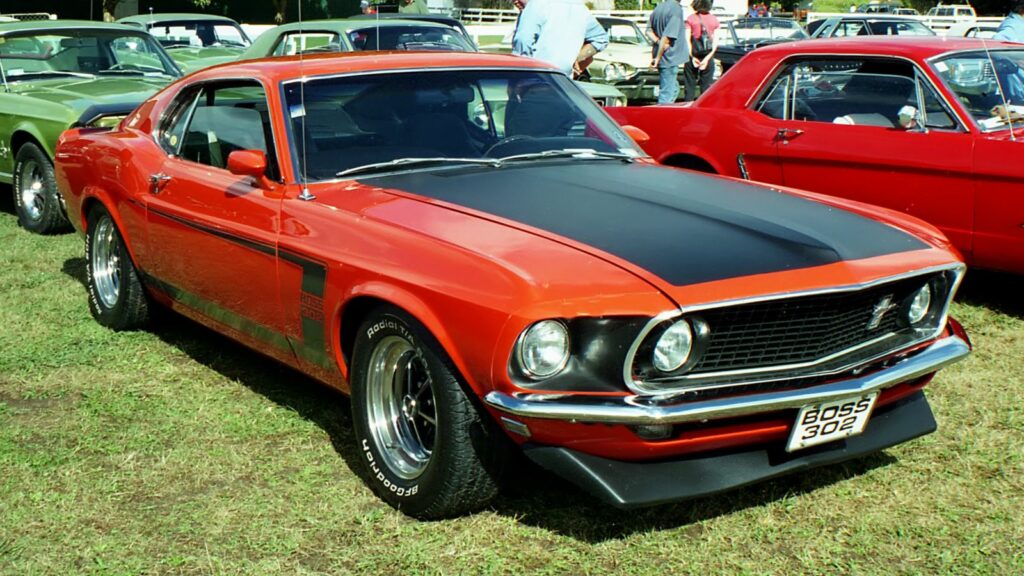For decades Ford has been a cornerstone of American muscle. From drag strips to highways, their machines have represented raw speed and power that enthusiasts still dream about. Ford has built everything from brutal street cars to purpose built racers that redefined performance. Here are ten Ford muscle cars that truly define speed and stand as some of the fastest machines in Ford’s history.
Ford Mustang Boss 429 (1969 to 1970)
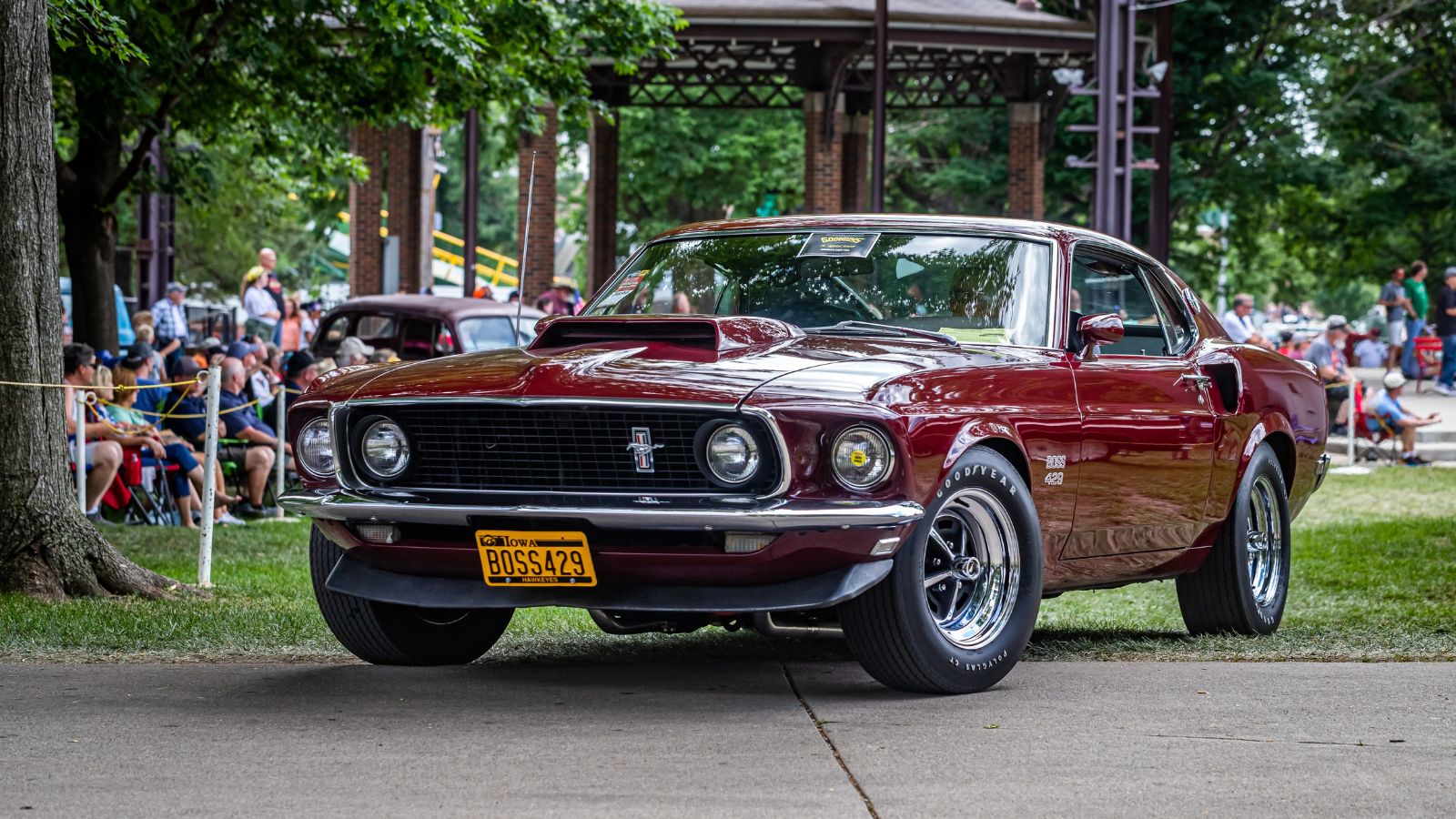
The Boss 429 is one of the most legendary Mustangs ever built and is still revered today. Under the hood sat a monstrous 429 cubic inch V8 designed for NASCAR homologation. Officially rated at 375 horsepower, most experts agree it made well over 500. It was more than a car, it was a rolling declaration that Ford could compete with anyone. The massive engine required heavy reworking of the Mustang’s front end and was hand built by Kar Kraft, Ford’s specialty shop. The Boss 429 was a factory hot rod that ran like a wild animal when unleashed on the street. Collectors now pay eye watering sums for the privilege of owning one, with pristine examples crossing the six figure mark at auctions.
Ford Torino Talladega (1969)

Built specifically for NASCAR dominance, the Torino Talladega was a muscle car engineered with racing in mind. Its sleek aerodynamic nose and reshaped rocker panels gave Ford a competitive edge on high speed ovals, and paired with the 428 Cobra Jet engine, it was a rocket on wheels. The Talladega was proof that speed was as much about engineering and airflow as brute force horsepower. Ford built it in limited numbers only to satisfy homologation rules, making it rare and collectible today. Its place in muscle car history is cemented by the way it pushed design boundaries at a time when stock cars were beginning to look more like race cars than daily drivers.
Ford Mustang Mach 1 428 Cobra Jet (1969 to 1970)
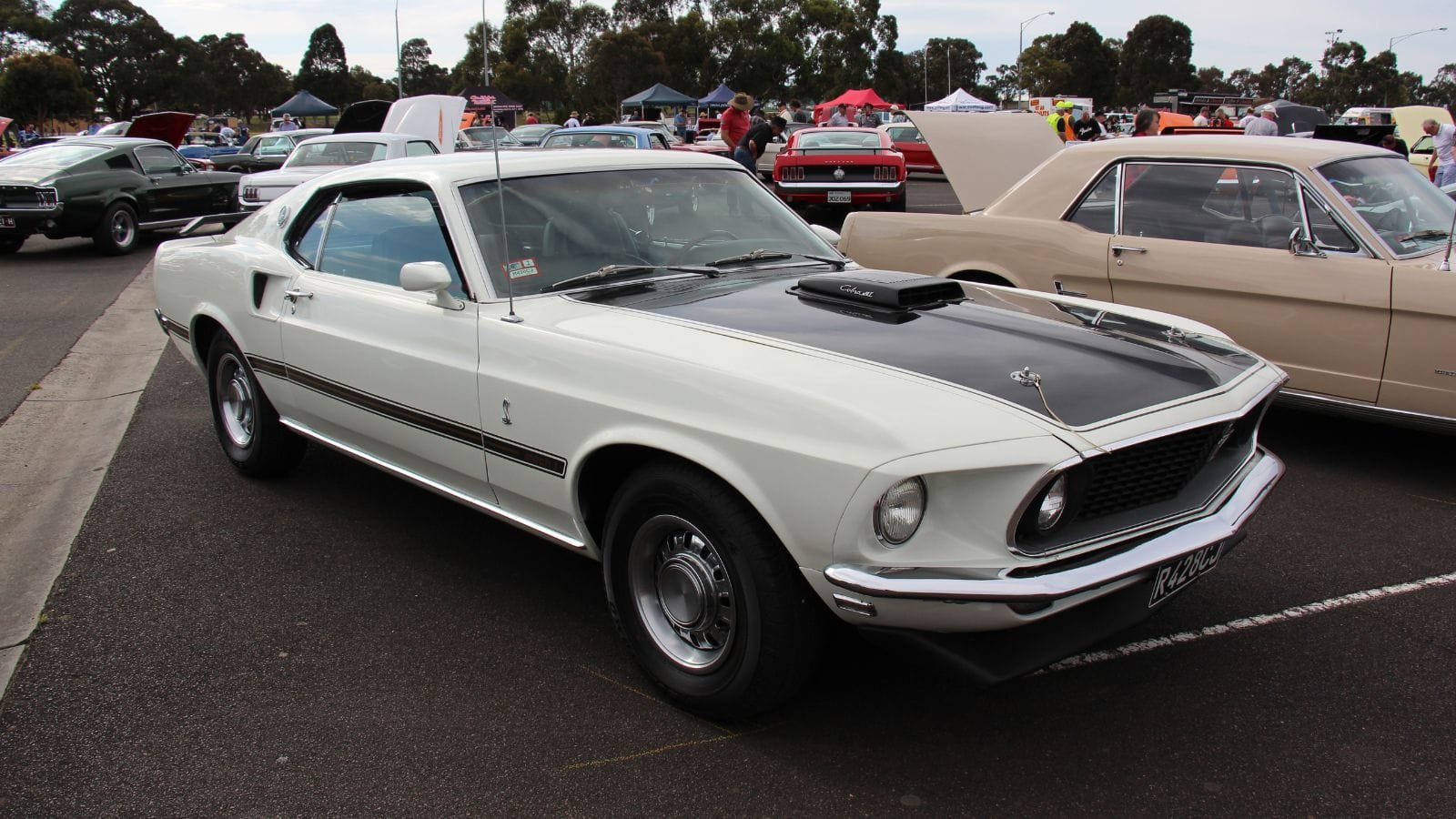
The Mach 1 with the 428 Cobra Jet engine was a street legal weapon that carried both style and substance. On paper it was rated at 335 horsepower, but anyone who lined up against one at the drag strip knew the number was a conservative understatement. The Cobra Jet engine delivered explosive quarter mile times and made the Mach 1 one of the most feared cars of its day. The Mach 1 was not just about power though. It offered aggressive styling, optional Shaker hood scoops, and sporty interiors that made it a complete package. It quickly became the dream car of young enthusiasts and still represents one of the most balanced blends of muscle, looks, and value.
Ford Galaxie 500 Lightweight (1963 to 1964)
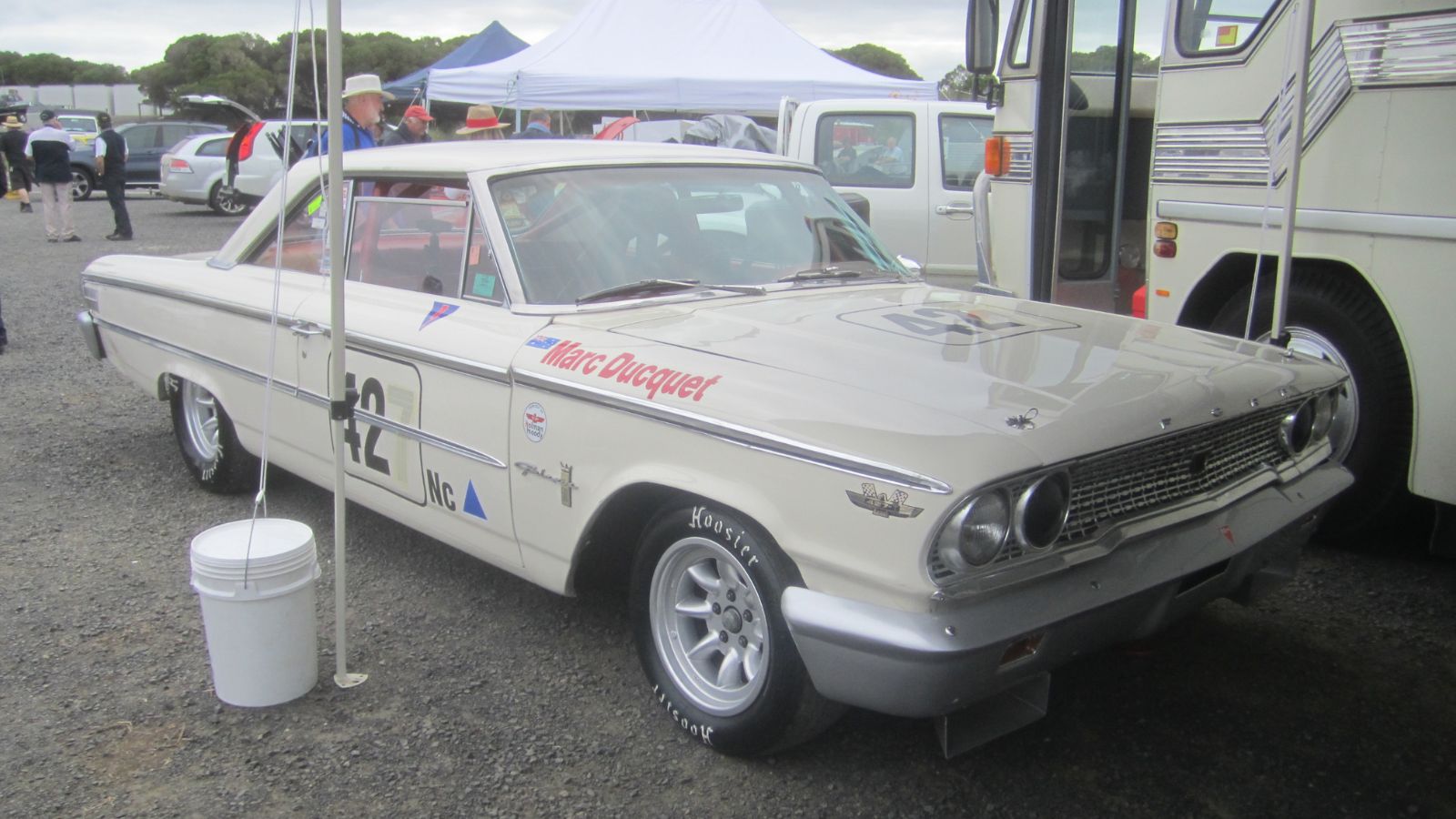
Before the Mustang era took over, Ford was already chasing speed with the Galaxie 500 Lightweight. This car was a pure drag strip monster disguised as a full size sedan. Engineers stripped the body of excess weight, replacing steel with aluminum panels and fiberglass parts. Under the hood sat a fearsome 427 cubic inch V8 that delivered relentless acceleration. It was so effective on the drag strip that many were immediately pressed into competitive racing duty, leaving only a handful of survivors today. The Galaxie 500 Lightweight cemented Ford’s reputation as a builder of serious performance cars long before pony cars ruled the streets, showing that even family sedans could be turned into quarter mile terrors.
Ford Mustang Shelby GT500KR (1968)
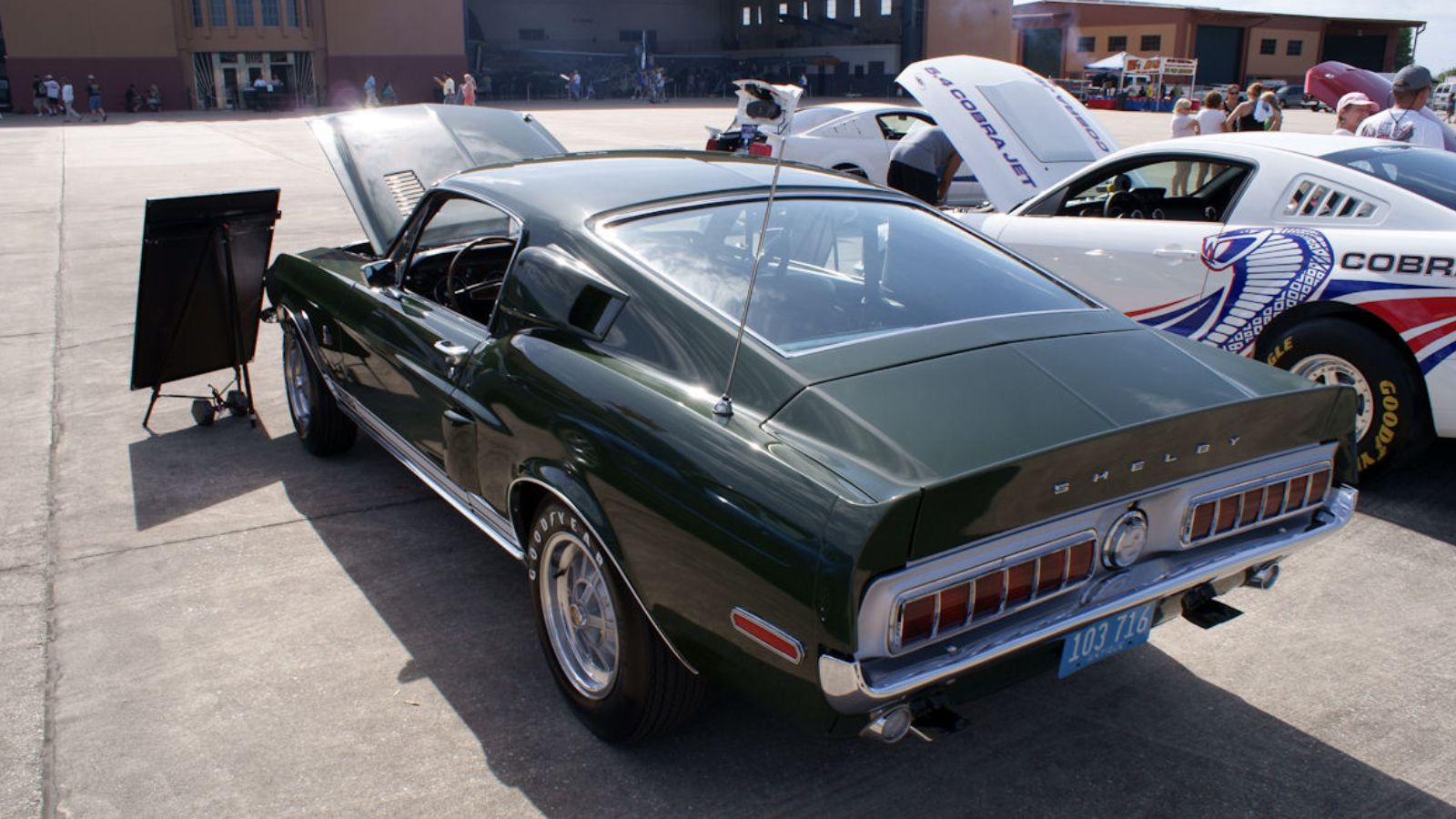
Known proudly as the King of the Road, the Shelby GT500KR was more than just a muscle car, it was a cultural icon. This car took the already potent Shelby Mustang and stuffed a 428 Cobra Jet engine under its scooped hood. The combination of Shelby tuning and Ford’s brutal big block gave drivers a machine that could eat up pavement in a straight line and look menacing while doing it. The KR designation was not marketing fluff. This car was one of the most powerful Fords of the 1960s and its rarity makes it especially valuable today. Enthusiasts still celebrate it as one of the ultimate expressions of American muscle power and style.
Ford Fairlane Thunderbolt (1964)
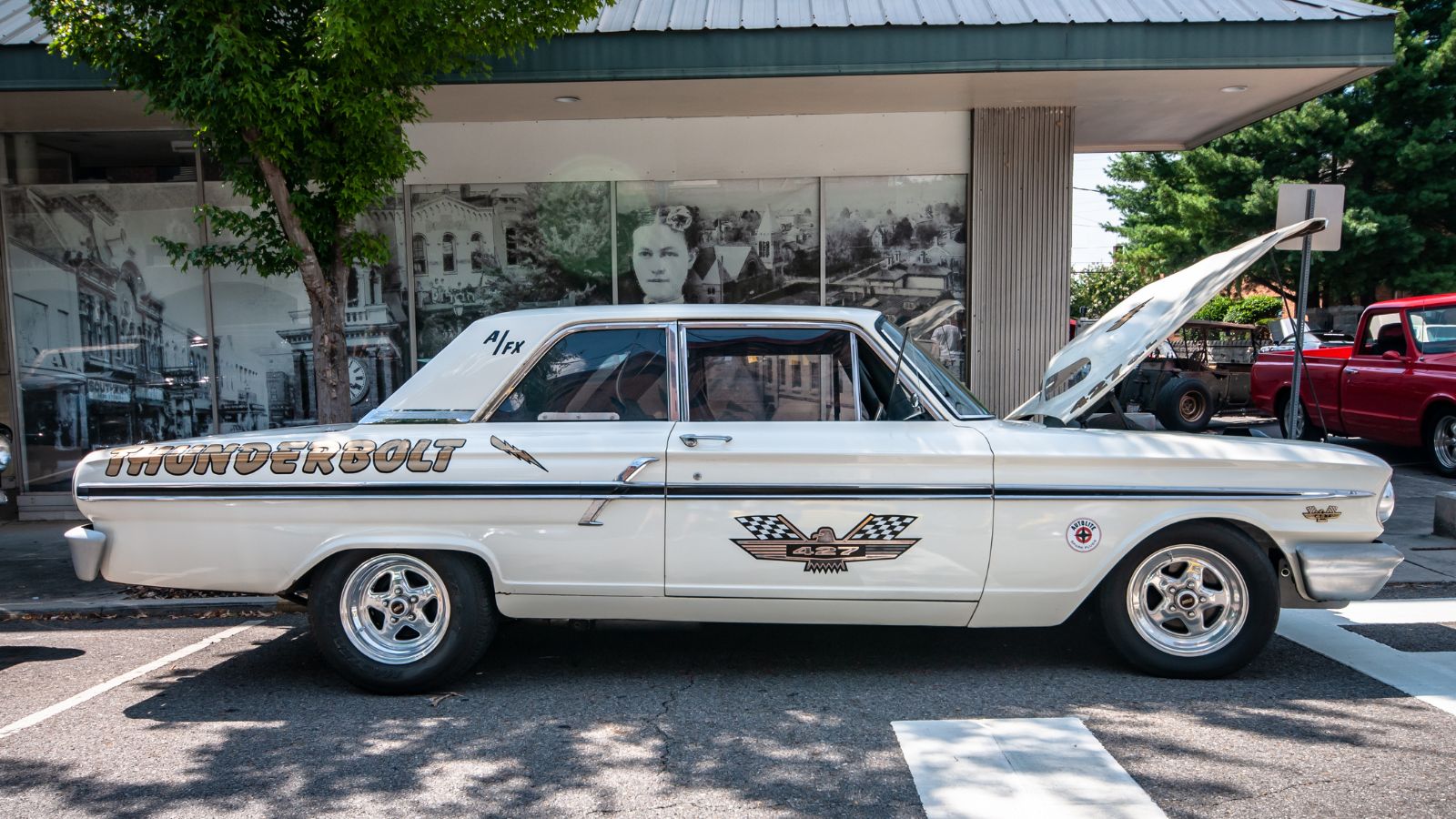
The Fairlane Thunderbolt was a drag racing special that blurred the line between factory car and purpose built racer. Ford stripped the Fairlane of nearly everything that was not essential and then stuffed a 427 cubic inch V8 under the hood. The result was a lightweight rocket that put out over 600 horsepower in racing trim. With fiberglass body panels, bucket seats, and barely any creature comforts, it was far too wild for the average street but it dominated on the drag strip. Built in tiny numbers, it is now one of the most sought after Ford muscle cars. The Thunderbolt showed just how serious Ford was about competing at every level of motorsport.
Ford Mustang Boss 302 (1969 to 1970)
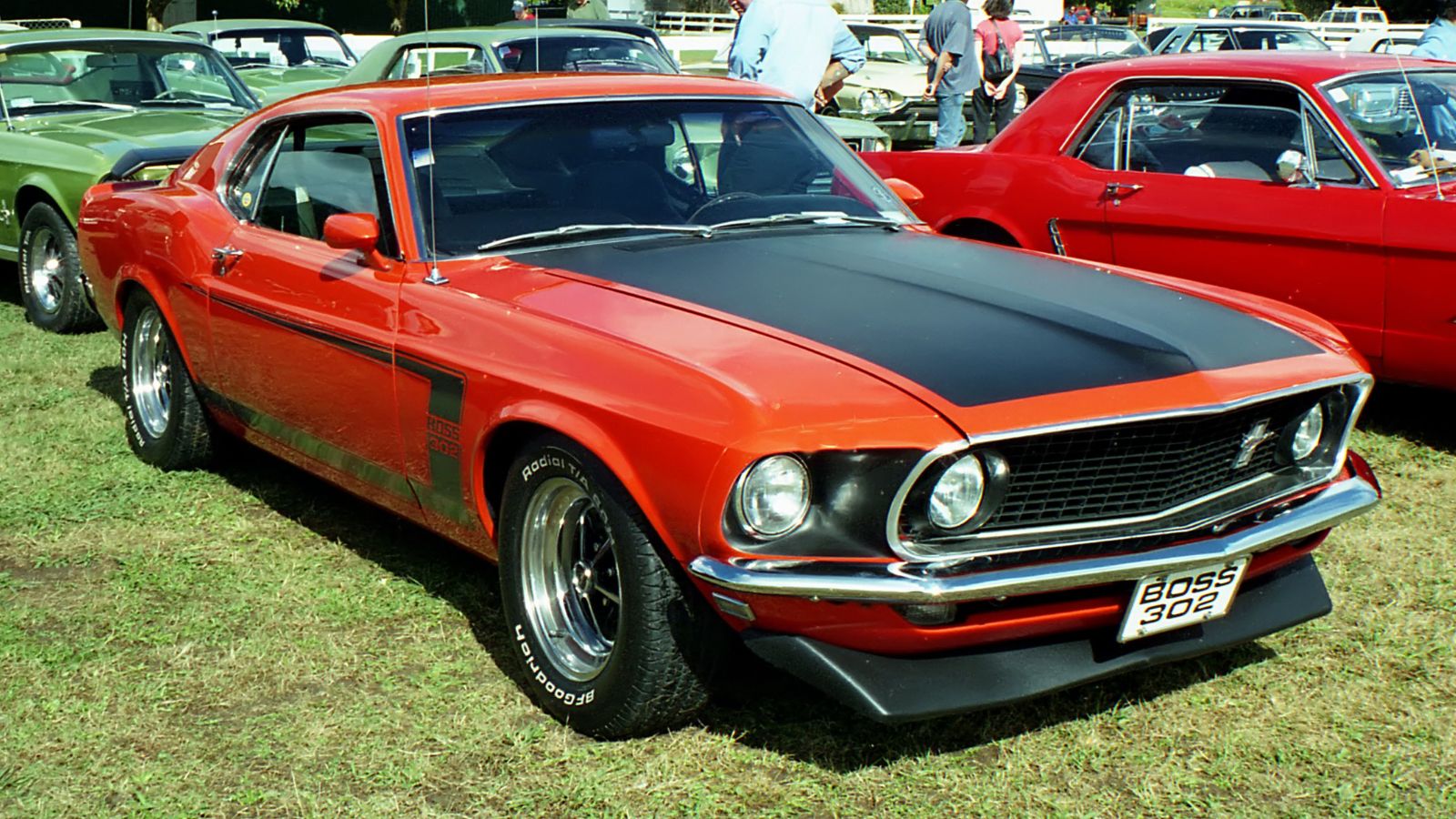
While not the biggest engine in Ford’s lineup, the Boss 302 was built for Trans Am racing and carried an aura all its own. Its high revving V8 loved to scream past 6000 rpm and made it one of the most thrilling cars to drive of the muscle era. Unlike many muscle cars that only cared about straight line speed, the Boss 302 balanced power with handling, giving it the agility to conquer road courses. It was one of the few cars that could stand toe to toe with Chevrolet’s Camaro Z28 on the track. The Boss 302 remains one of the purest drivers’ cars Ford has ever built and it is still highly collectible for its racing pedigree.
Ford Mustang Shelby GT500 (2020 to present)
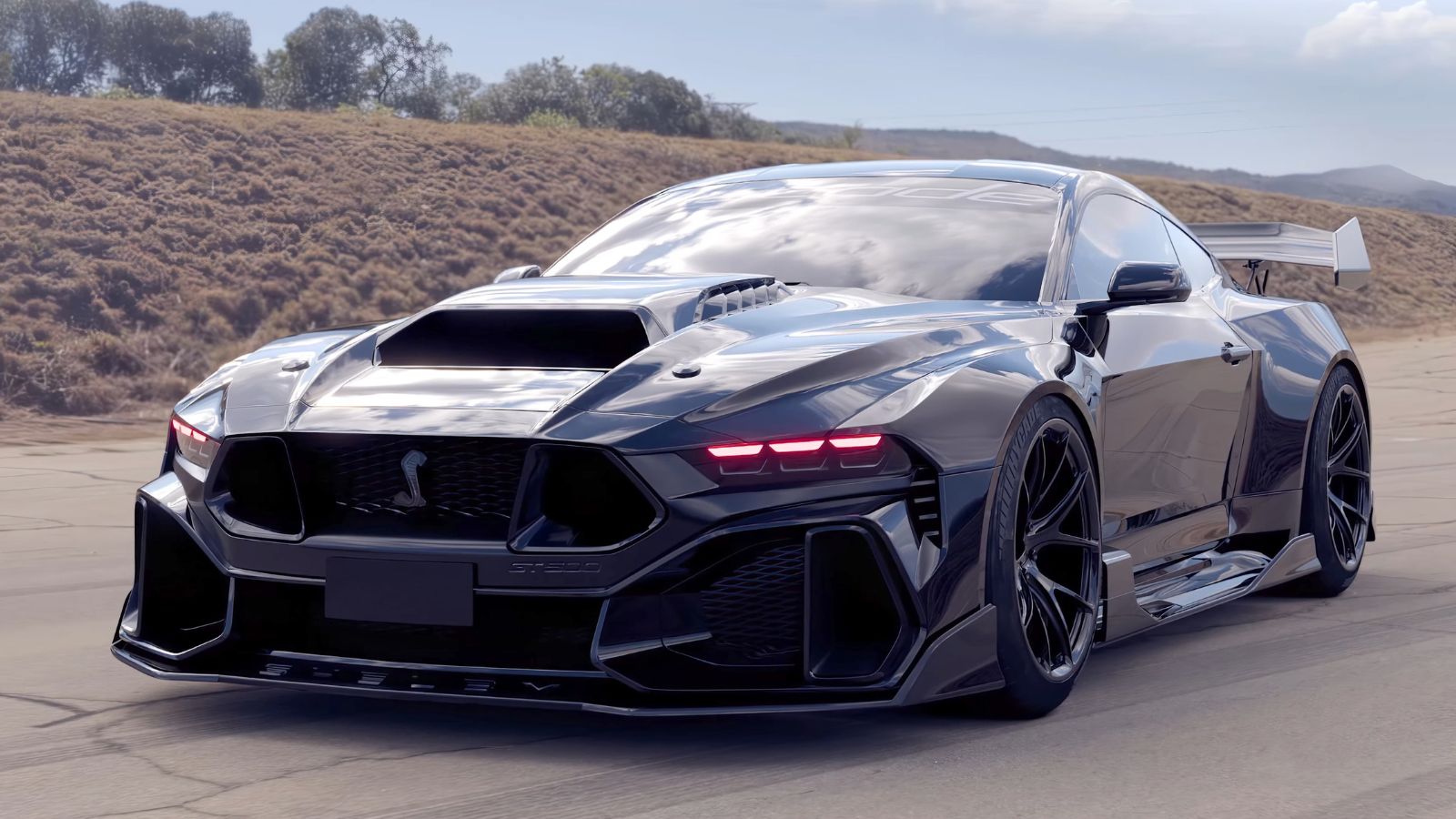
Ford’s modern GT500 is not just a nod to history, it is one of the most powerful production Mustangs ever made. With a supercharged 5.2 liter V8 producing 760 horsepower, it rockets from zero to sixty in just over three seconds and pushes past 180 mph. The GT500 also comes with advanced technology like magnetic ride suspension and dual clutch transmissions, making it both brutally fast and surprisingly refined. It proves that Ford’s muscle car heritage is alive and well in the modern era and that the Mustang continues to evolve while staying true to its roots. For many enthusiasts, it represents the pinnacle of modern American muscle performance.
Ford GT40 Mk II (1966)

Though technically a race car, the GT40 Mk II deserves its place in any conversation about Ford’s fastest machines. Built to take on Ferrari at Le Mans, it dominated endurance racing with its massive 7.0 liter V8 and lightweight aerodynamic design. In 1966, Ford shocked the world with a 1, 2, 3 finish at Le Mans, proving that American engineering could topple European giants. The GT40 was not just about speed, it was about pride, revenge, and innovation. It remains one of the most iconic race cars in history and its legacy lives on in the modern Ford GT supercar.
Ford Mustang Shelby GT350R (2015 to 2020)

The modern Shelby GT350R is a precision instrument disguised as a muscle car. With its 5.2 liter flat plane crank V8 producing 526 horsepower, it delivered a sound unlike any other Mustang and revved higher than almost any American performance engine before it. Built for track dominance, it combined sharp handling, massive brakes, and aerodynamic enhancements to create a machine that could take on sports cars from Europe. Unlike traditional muscle, it was about balance, agility, and precision. Yet it still carried the Mustang spirit of raw power and everyday excitement. For many enthusiasts, it is one of the finest Mustangs Ford has ever created.
25 Facts About Car Loans That Most Drivers Don’t Realize

Car loans are one of the most common ways people fund car purchases. Like any other kind of loan, car loans can have certain features that can be regarded as an advantage or a disadvantage to the borrower. Understanding all essential facts about car loans and how they work to ensure that you get the best deal for your financial situation is essential. Here are 25 shocking facts about car loans that most drivers don’t realize:
25 Facts About Car Loans That Most Drivers Don’t Realize
